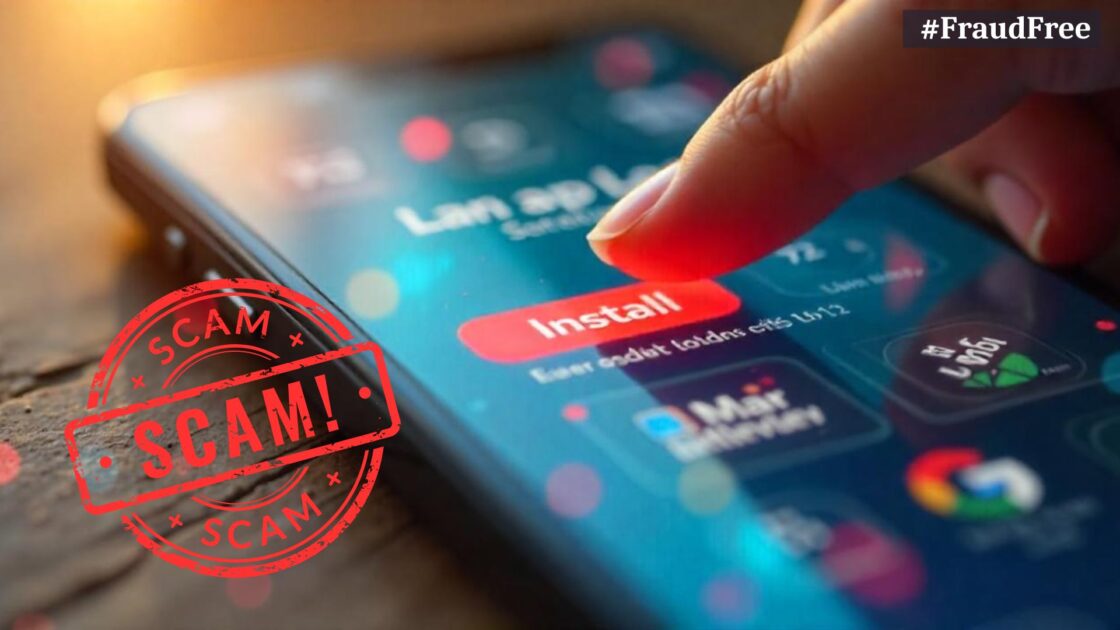In today’s digital world, one question keeps popping up again and again: “Is Quick Support app safe”?
It’s a fair concern, after all, these platforms allow someone else to access your device remotely.
What does that mean for your privacy? Why do people trust them? And how do you know whether you’re letting in a professional… or a scammer?
Tools like the authentic TeamViewer QuickSupport or similar apps such as AnyDesk are powerful and widely used by IT experts around the world for genuine troubleshooting.
But here’s the twist: the very features that make them helpful can also make them risky if misused.
Understanding how this trick works, why scammers exploit these apps, and what red flags to watch for will give you the awareness you need to protect yourself, and your money.
Quick Support App Review
Now, QuickSupport, itself is a lightweight remote-support module offered by reputable vendors Team Viewer
It lets a technician view or control your device for troubleshooting, transfer files, or change settings, usually without a full install.
The official app and vendor pages describe legitimate uses and built-in security features.
So, what’s the risk?
Well, if you trust the brand, then scammers are always ready to misuse that trust.
Here’s is how they scam people looking for such services.
Quick Support Impersonation Scam
Let’s talk about QuickSupport App Scams. Although the app distributed by established companies is built with standard security practices and is widely used by IT teams and vendors.
However, scammers make their way in such platforms too.
They generally persuade you to install it and give them access, the security of your device and data is compromised, regardless of the app’s technical quality.
Here’s is how they reach to your personal information.
- Scammers commonly use social-engineering: they pretend to be bank, Microsoft, or government support and ask victims to install QuickSupport or AnyDesk/TeamViewer.
- Once the victim allows a remote session and shares codes or permissions, scammers can view OTPs, banking apps, or even perform transactions.
- Multiple banks, payment platforms, and community forums have warned users about such tactics.
Quick Support App Risks
Now there are many risk, if you failed to differentiate between genuine and fake QuickSupport service provider.
Here are some:
- Full device access: If you allow control, an attacker can open apps, read messages, and copy details.
- Financial loss: Scammers can initiate payments or ask you to approve transactions. Paytm and other services have warned users about this pathway.
- Credential theft & account takeover: Attackers may capture OTPs, banking details, or trick you into giving passwords.
- Malware/data exfiltration: While less common, attackers might transfer malicious files or extract sensitive files.
How To Report Fake Quick Support App Scam?
Now, if you have been unfortunate and somehow ended up giving your device access to scammer, then take quick action now.
- File a cyber crime complaint.
- Inform your bank
- Report to Team Viewer support.
Need Help?
If you’re confused about how to file a report or don’t know where to start, register with us now.
Our team will personally guide you through the complaint process, help you collect valid proof, and ensure your case is properly filed online.
Conclusion
The QuickSupport app from reputable vendors is technically safe and useful for legitimate remote help. However, it is also routinely abused by social-engineering scammers.
The difference between a safe experience and a disaster is who initiates the session and how carefully the user manages permissions.







